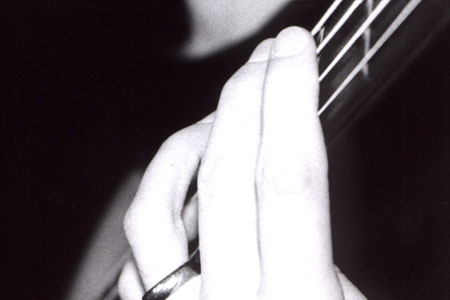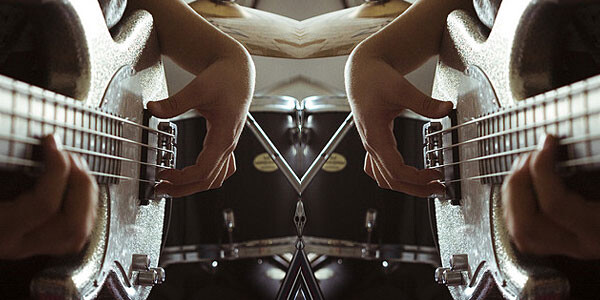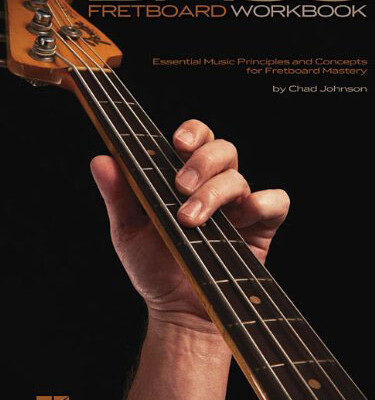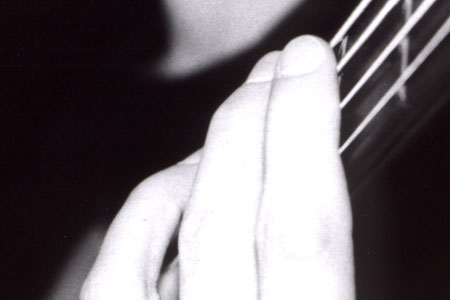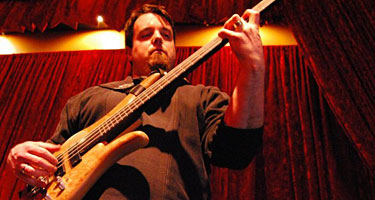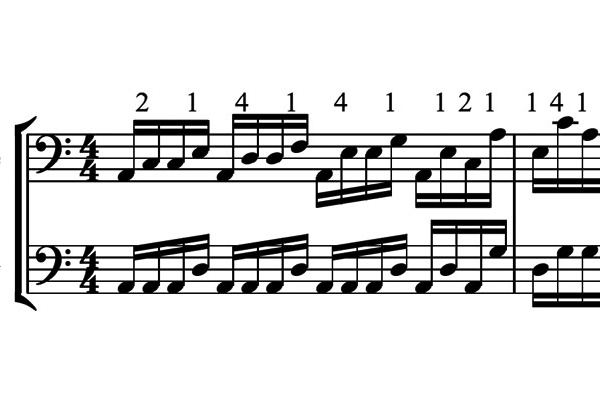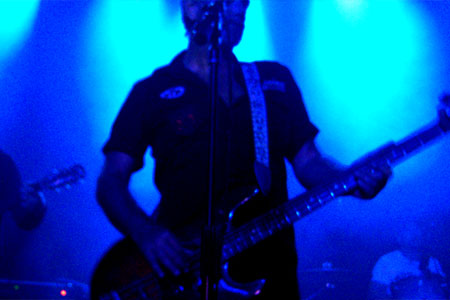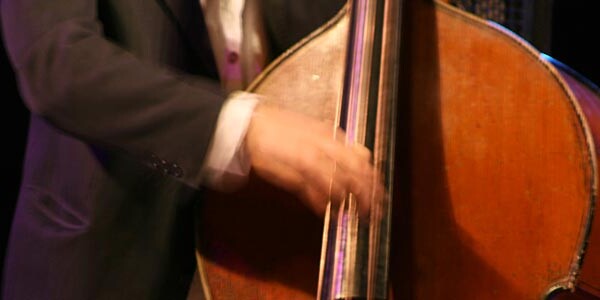Technique Archives - Page 11
Bass Harmonics: Middle of the String Harmonics
We’ve found where the most common harmonics are at the end of the fingerboard, and also toward the nut. Today, let’s find the most common harmonics in the middle part of the string. In the examples below, the lower staff tells us where to put place our fingers and find the harmonic. The upper staff tells us the sounding pitch...
Playing Bass: To Right a Left or Leave It Right
Q: I have been playing right-handed ever since I started playing bass, even though I am a left-handed person. Recently though, I have noticed (by messing around) that when I switch the bass around, I can pull off previously difficult techniques a lot better with my left hand, right off the bat. I am considering trying to switch to left-handed...
Lower Position Harmonics
Last time we found some of the most common harmonics as they are played at the end of the fingerboard. Since the placement of harmonics on the string “mirror” themselves from the mid point (i.e. you find the same notes toward the nut as you do toward the bridge) we can find the harmonics from last installment not only at...
Expanded Harmonics: More on Locations and Patterns
Last time we talked about how to find out where harmonics occur on a string by dividing the string into equal parts. Below you will find a more straightforward representation of the specific harmonics that can be found at the end of the fingerboard on each string. We will be placing the thumb on the second octave harmonic for each...
Bass Fretboard Workbook: Essential Music Principles and Concepts for Fretboard Mastery
Hal Leonard announced a few new bass-focused books at this year’s NAMM Show, including a new one by author Chad Johnson. For many bassists, complete fretboard knowledge is lacking. Bass Fretboard Workbook – Essential Music Principles and Concepts for Fretboard Mastery was written to overcome these unknown spots with Johnson’s method for becoming comfortable with the whole neck. The method...
Harmonics: A Starter Guide for Bassists
Whatever the genre, we bassists seem to love harmonics. From Jaco to Dittersdorf, bass music is full of them. When we are introduced to playing harmonics however, the prospect can be a bit tricky. At first, we may be unsure where the harmonics are on the string, or what note will sound when we attempt them. While I can’t possibly...
Left Hand Flexibility for Bassists
When playing the bass, flexibility is far more important than strength. In fact, if body mechanics and gravity are used intelligently it takes surprisingly little strength to play our instrument. Flexibility, however, is paramount to many of the things we must do well. In the left hand (or fingering hand for the lefties!) it is especially important. Lack of flexibility...
How to Improve Your Phrasing
Q: I’m looking to make my phrasing more dynamic. What would you suggest? A: For this week’s column, I decided to make a little video to answer this question, and demonstrate what I do to work on my phrasing. Check it out:
Dealing with Awkward Keys when Transposing on Bass
Q: I’ve been asked to play Billy Ocean’s “When The Going Gets Tough” transposed down to B, which is down in the murky depths of the B string, and I feel it takes away from the bass line. Going up an octave makes it seem thin. Any advice on how I could remedy this issue, not just for this song,...
Isolating Your Right Hand: Exercises for Bassists
When confronted with a difficult passage that just isn’t getting any better, most of us will isolate the left hand to improve our accuracy. We may change from arco to pizzicato to isolate the left hand. We may “shadow bow” the passage. Perhaps we may finger the strings in the left hand alone, completely taking the right hand out of...
Singing and Playing: A How-To Guide for Independence for Bass Players
Q: I have great vocal chops, which I exercise frequently in my alter ego solo acoustic guitarist thing. I play bass in a blues/R&B band and have the best vocal talent in the band. But I can’t sing over a bass line to save my behind. Can this be learned? Any tips? A: Keep in mind that I am one...
Developing Speed on the Bass: Take Your Time
Q: I have been playing upright for about a year and wanted to know what I can do about developing speed. I mostly play jazz and at the college I go to it seems like everyone wants to play uptempo tunes (Charlie Parker, Rhythm Changes, etc.) I feel as though I’m falling behind trying to stay with the tempo and...
